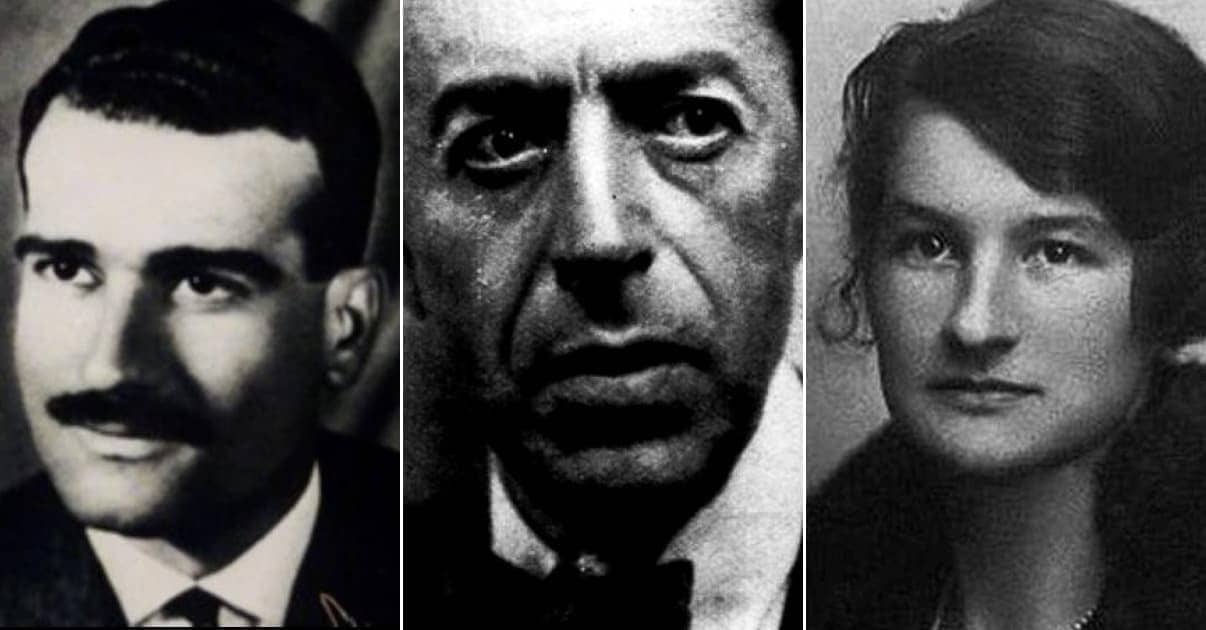Spies have always been a necessary part of any country’s self-defense. The best way to know what the enemy is up to or even what your allies are up to, is to get a close up and personal look. For these spy stories of the 20th century, the full story might not yet be known. Some of these stories have guesses or assumptions to fill in the gaps, but the best spy stories are the ones that the public never truly finds out about. For all we know the best spy stories of the 21st century could be happening right now.
Eli Cohen Infiltrates the Syrian Military

Eli Cohen was an Israeli spy working for Mossad to infiltrate Syria. Mossad created an elaborate cover story for him that was so convincing that he was able to gain access to the highest levels of the Syrian military for four years. His information and his efforts in Syria were instrumental during the Six Day War when Israel was able to soundly defeat her enemies.
Eli Cohen was a part of Israeli counterintelligence but he grew bored of the work and decided to apply for Mossad. He was rejected until a few years later when Mossad picked him for an assignment that no one on their current roster was the right fit for. Eli would infiltrate the Syrian military.
His cover was that of a Syrian businessman who moved to Argentina but who was ready to return to Syria. As the first part of his cover, Eli moved to Argentina in 1961. He moved to Damascus, Syria in early 1962 and immediately took up the same social life that he had been living in Argentina. He went to cafés and discussed politics. He held parties at his home where the alcohol and women were plentiful. Eventually important men in Syrian military and politics began spending their time at Eli’s home and under the influence of alcohol they shared their secrets.
Eli became a source of advice for men in the Syrian military. In one instance he was taken to the fortresses at Golan Heights. Eli mentioned that the soldiers were languishing in the heat and suggested that large trees be planted to give them shade. This would allow Israeli planes to know exactly where to drop bombs during the Six Day War, allowing them to take the Golan Heights in just two days.
In 1965, the Syrian military suspected a high level mole. They traced radio frequencies to Cohen’s apartment and took him into custody. He was later hanged.

